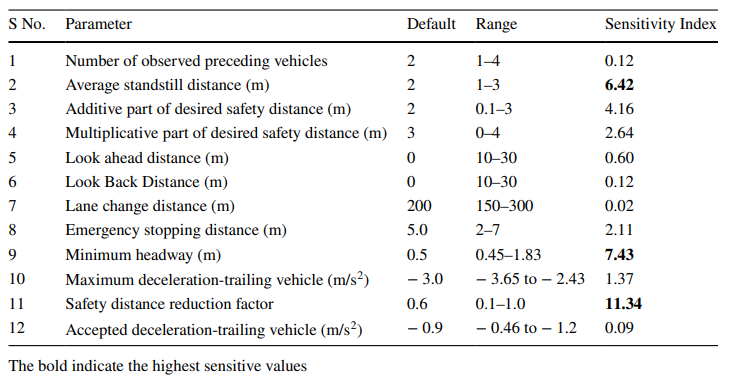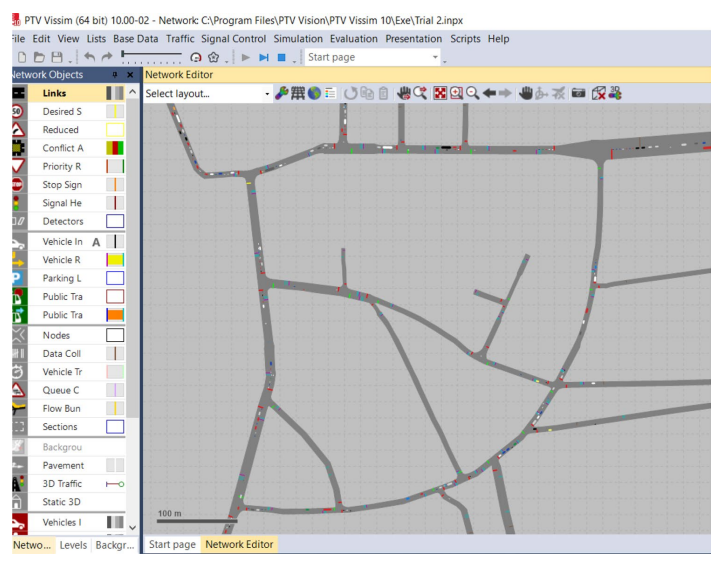Gautham Manoharan
VISSIM TRAFFIC FLOW MODEL OPTIMIZATION
Optimizing PTV Vissim microscopic traffic flow model through COM interface programming.
Problem
VISSIM is a traffic simulation software developed by PTV Group. It is widely used by traffic engineers and transportation planners for modeling and analyzing traffic flow in complex transportation systems, such as urban networks, highways, and public transportation systems. VISSIM allows users to create a virtual model of real-world traffic conditions and simulate different scenarios to evaluate the performance of various traffic management strategies and transportation infrastructure improvements. Therefore, VISSIM can be used to predict the impact of a proposed strategy. To do so, it is important to ensure that the existing simulation is accurate to real-world conditions. This requires optimizing the parameters that govern the simulation.
Global Optimization using Genetic Algorithm
First, identify the most important/sensitive parameters to tune. This is what sensitivity analysis does.

Genetic Algorithm (GA) is a metaheuristic optimization algorithm that is inspired by the process of natural selection. It is a population-based algorithm that uses principles from genetics and evolution to find optimal solutions to optimization problems. GAs have been used successfully to solve a wide range of global optimization problems, including engineering design, financial modeling, and machine learning. GA can be used for global optimization because it is robust, flexible, and able to explore a large search space. GA is used to optimize the parameters previously selected to match observations from the road network.

The optimized traffic flow model was used to identify strategies that reduced delay in network. Achieved a decrease in delay by 29.6% using optimized signal cycle time and a decrease of 20% using vehicle actuated signals (timing determined by vehicle count at junction).
Reference: Mohan, R., Eldhose, S. and Manoharan, G. Network-Level Heterogeneous Traffic Flow Modelling in VISSIM. Transportation in Developing Economies 7, 8 (2021).